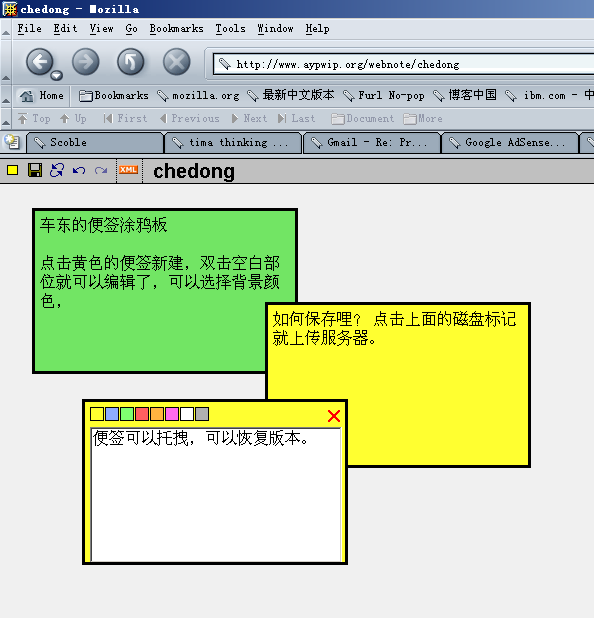我两年前曾经痴迷过一段Segway。我曾希望这种能够自我平衡的电动滑板车能够带来代步的革命。不过即使经过商业化,Segway似乎还没有办法快速给普通人带来这样的体验。于是DIY可以发挥作用了, Trevor Blackwell用自己的实践让我们看到了自己制作Segway的可能性。
如果说自己设计制作Segway这么复杂的智能机械还确实难为普通人的话,另一个正在设想的“个人加工厂”(Personal Fab)概念则更大胆,将来你家里面大部分的物品都是自己通过特别的智能仪器加工出来的,而你自己只要做好设想(而不是设计)就可以了。这个想法看似夸张,其实已经有很多原型,Dr. Adrian Bowyer 在快速原型设备基础上开发的自我复制系统就是一个有趣的尝试。他相信“即使是很穷的国家,人们将来也可以用这种技术自我生产廉价的物品,满足生活的需求”。所以在Blog 和其他社会性软件之后,可能出现的就是社会性硬件了,让你在某天下午发现茶杯打碎后,在电脑里面下载完该茶杯的数据,然后在自己家的“制造机”上重新 打印一个。我刚刚收到Stratasys 寄来的一个三维打印作品,真好玩,各个齿轮之间咬合非常紧密而且转动自如,与工业产品也有一比。
我时常想专业和“专业余”之间是否是竞合关系,至少今天厨师和家庭主妇还同时存在,所以我也更小心地安慰新闻工作者不必担心Blogger的威胁,专业余和专业行为确实可以共生存在,而边界则逐步模糊,形成一个类似“创作共用”的连续统(Continuum/Spectrum)。但是如果仍然把自身置于所谓“职业”或“专业”思维的位置,则未必不被“专业余”所淹没。前面所提到的各种领域莫不如此。
 。也想到了我去年用过的
。也想到了我去年用过的
 尽管前苏联已经不复存在, 但当时的官僚主义看来还健在, 因为根据LSI, 它用了6个月的工作才将一套MF-1照相机带出这个国家.其中应该要”经过”很多人的手,导致LSI收取1000.00美元每套.
尽管前苏联已经不复存在, 但当时的官僚主义看来还健在, 因为根据LSI, 它用了6个月的工作才将一套MF-1照相机带出这个国家.其中应该要”经过”很多人的手,导致LSI收取1000.00美元每套.